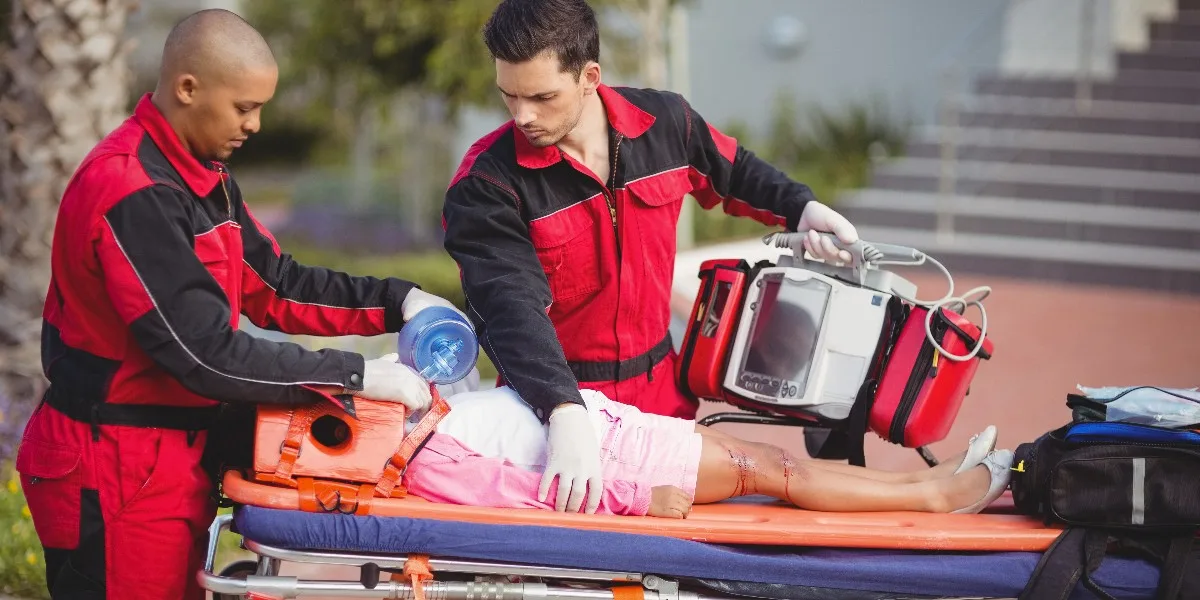When faced with a medical emergency, knowing what to do can save lives. This guide provides essential information to help you respond effectively in critical situations.
Recognizing an Emergency
Medical emergencies can happen anytime, anywhere. Common signs include:
- Difficulty breathing
- Chest pain or pressure
- Uncontrolled bleeding
- Sudden severe pain
- Loss of consciousness
- Sudden confusion or difficulty speaking
- Severe burns
- Suspected poisoning
If you observe these symptoms, act quickly. Remember, it’s better to be cautious and seek help than to ignore a potentially life-threatening situation.
Calling for Help
In an emergency, call your local emergency number immediately (e.g., 911). Stay calm and provide the dispatcher with:
- Your location
- The nature of the emergency
- Your name and phone number
Follow the dispatcher’s instructions carefully. They may guide you through life-saving steps while help is on the way.
1.CPR: A Life-Saving Skill
Cardiopulmonary Resuscitation (CPR) can be crucial in cases of cardiac arrest. Here’s a simple guide:
- Check for responsiveness
- Call for emergency help
- Begin chest compressions:
- Place hands on the center of the chest
- Push hard and fast (about 100-120 compressions per minute)
- Allow the chest to fully recoil between compressions
Remember, any CPR is better than no CPR. Even if you’re not trained, emergency dispatchers can guide you through the process.
2.Stopping Severe Bleeding
For severe bleeding:
- Apply direct pressure with a clean cloth
- Elevate the injured area if possible
- Maintain pressure until help arrives
Avoid tourniquet use unless specifically instructed by a medical professional.
3.Handling Burns
For minor burns:
- Cool the burn under cold running water for at least 10 minutes
- Cover with a clean, dry dressing
For severe burns, call for emergency help immediately. Do not apply ice or butter to burns, as this can cause further damage.
4.Responding to Choking
If someone is choking:
- Encourage them to cough
- If coughing doesn’t work, perform back blows and abdominal thrusts (Heimlich maneuver)
- Alternate between five back blows and five abdominal thrusts until the object is expelled
For infants, use gentler back blows and chest thrusts instead of abdominal thrusts.
5.Preparing for Emergencies
Being prepared can make a significant difference:
- Keep a first aid kit at home and in your car
- Learn CPR and basic first aid
- Know your family’s medical history and any allergies
- Keep emergency numbers easily accessible
Remember, in any emergency situation, your safety comes first. Don’t put yourself in danger while trying to help others.
By familiarizing yourself with these basic emergency care techniques, you can be better prepared to help yourself and others in critical situations. Always seek professional medical help in emergencies, and when in doubt, call your local emergency number for assistance.




